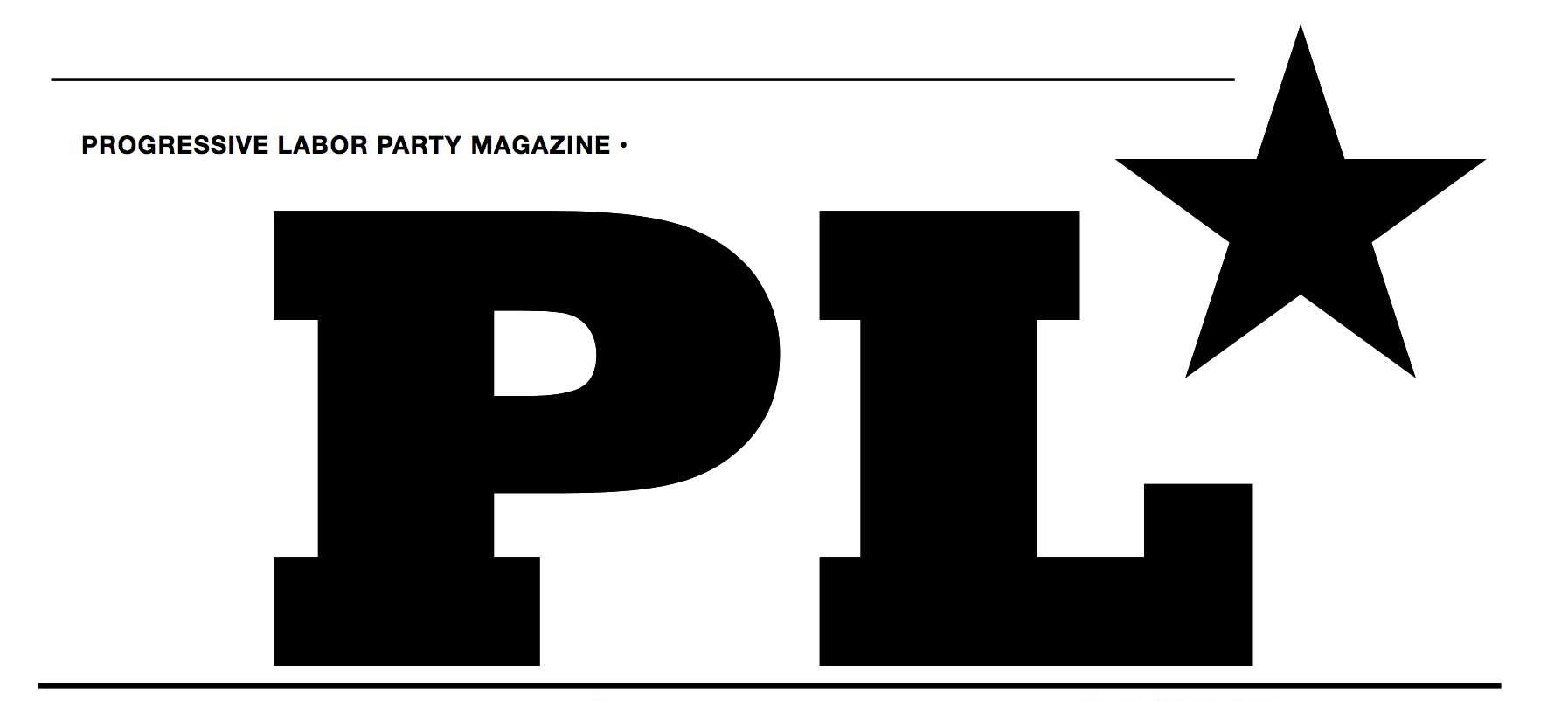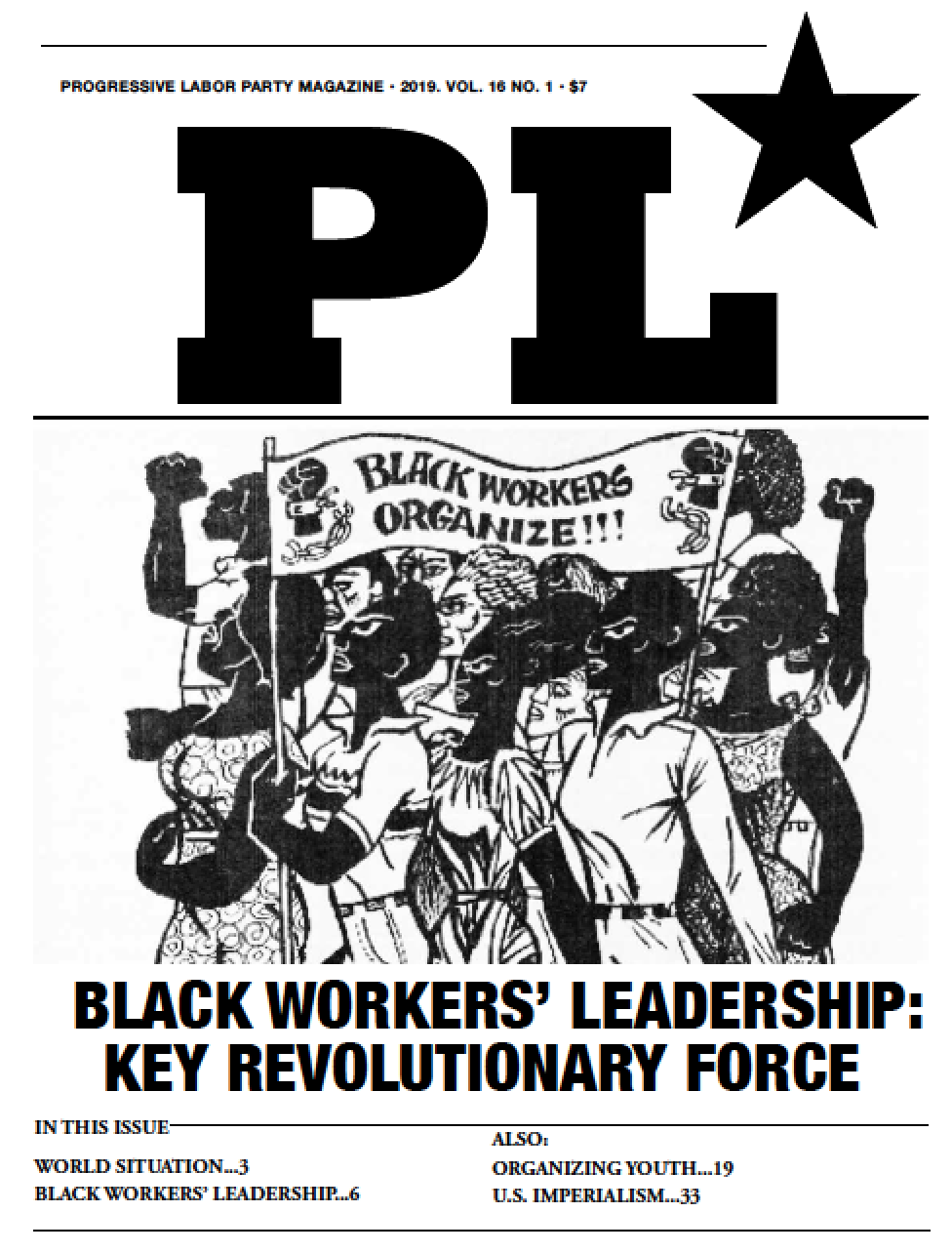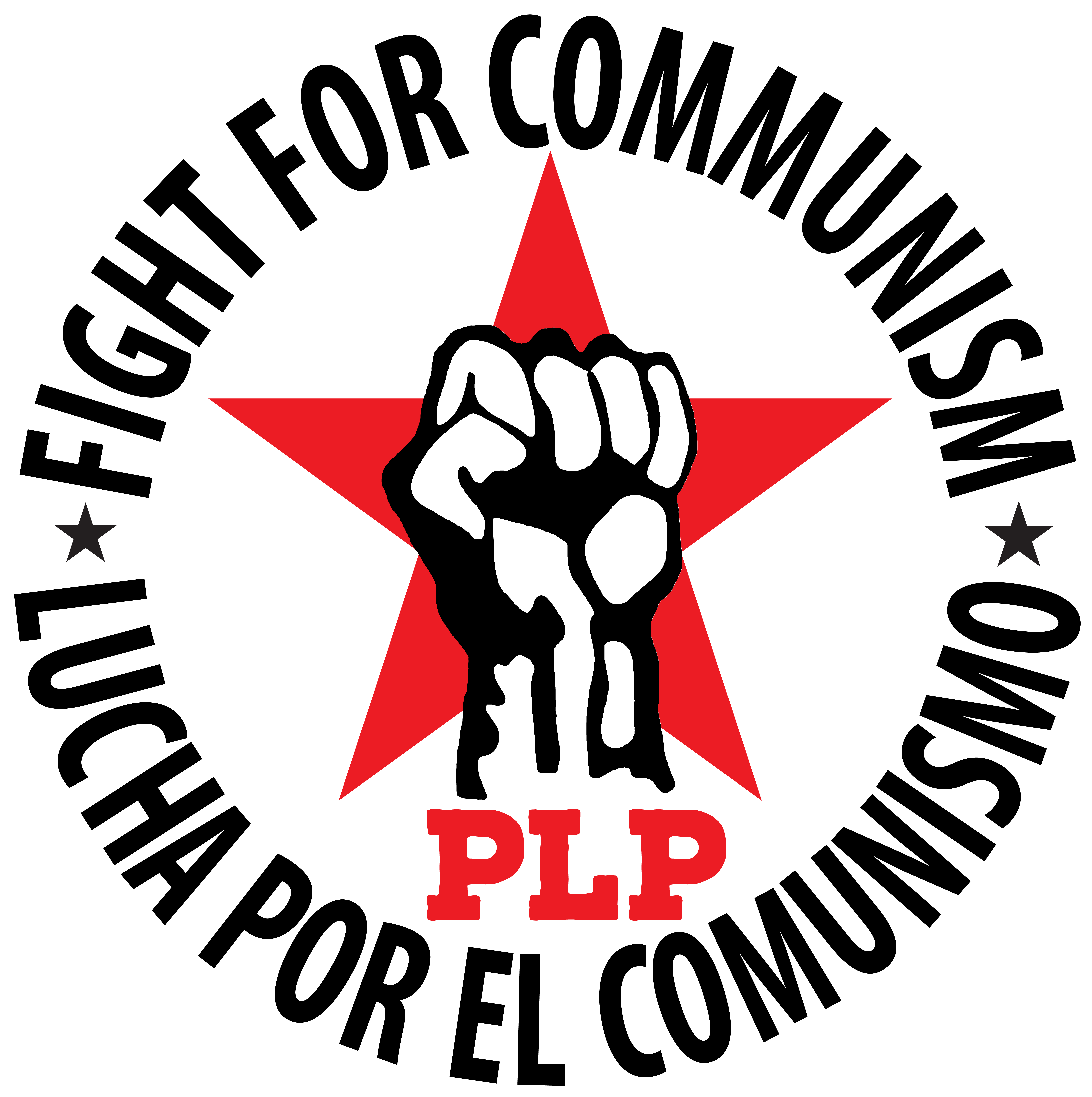56-year anniversary: The Cultural Revolution Uprising for Workers’ Power
 Saturday, May 28, 2022 at 1:52PM
Saturday, May 28, 2022 at 1:52PM The Great Proletarian Cultural Revolution (GPCR) was an historic uprising of the working class led by the most advanced communist ideas at the time. It was the first time the working class attempted to take state power back from a former communist party that had returned to capitalism.
The leader of the Communist Party of China (CPC), Mao Tse Tung, initially encouraged the Cultural Revolution to get rid of a few people in the leadership of the Party. But the left forces in the Cultural Revolution recognized that the official Communist Party was already in the hands of a capitalist ruling class at the time the GPCR began. They argued that the vast majority (90 percent) of the leading cadres were part of that oppressor class, that the People’s Liberation Army (or PLA, the military) was its tool to smash the real left and maintain power. They said that the new “red” bourgeoisie had emerged during the 17 years from 1949-66 from the ranks of the revolutionaries themselves and, therefore, that the GPCR was not, as Mao said, a struggle to consolidate proletarian rule. It was the first revolution in history to attempt to take power back from the fake “communists,” known as revisionists. This analysis led the left workers and students leading the Cultural Revolution to carry out the following political campaigns.
1) They demanded the ouster of the chief representative of China’s “red” capitalists, Chou En-Lai, along with the high-ranking economic and administrative ministers he was sheltering.
2) They demanded that the GPCR be carried into the Army Officer Corps, which they saw as a part of the new ruling class. They engaged in arms seizures from the PLA, raiding depots and arms trains, on the principle that a revolution to overthrow the bourgeoisie had to be an armed struggle of the masses.
3) They opposed China’s foreign policies of alliance with capitalist countries. To carry this through they seized foreign ships in the harbors, burned the British consulate in August of 1967, launched a liberation struggle in Hong Kong, seized Soviet arms going to Vietnam over China’s railroad lines and opposed China’s nuclear development program.
4) They began to discuss and implement the formation of a new communist party, given their assumption that the CPC had become the party of the bourgeois apparatus that was restoring capitalism under the ideological cover of a fake brand of communism.
The left forces presented a view of what was going on in the GPCR which was contradictory to the official views of the CPC under Mao, who claimed “95 percent of the cadres are good” vs. the left-wing forces in the GPCR who said “90 percent of the political cadres must step aside.”
Fake “communists” spread capitalist lies
To amplify how completely the Chinese bosses have now moved to capitalism, they now tell the same lies about the Cultural Revolution as the U.S. bosses. The distorted historical narrative told by the capitalists who currently rule China, and retold and amplified by capitalists around the world, is that the Cultural Revolution was “10 lost years” in which the Chinese economy was on the brink of collapse.
In fact, U.S. economist John Kenneth Golbaith wrote in 1972 that an economic growth rate of 10 percent in China was plausible. This is an expansion rate that rivaled Japan similar to the rate touted as the “Chinese Miracle” after the restoration of capitalism in the late 1970s (NY Times, 11/26/1972).
The participation of millions of workers and farmers in political meetings did not cause production to stop, or even to slow down. The criticism of factory or farm managers to a previously unheard of degree, and active involvement in “non-productive” activities that amounted to having a say in the running of society, in fact energized the masses of workers and farmers.
The Communists accomplished feats that would be called miracles under capitalism, starting with spreading literacy across a country of a billion people, introducing health care and ending starvation in what had been one of the poorest countries in the world prior to the communist revolution. Their efforts in the GPCR showed the importance of continuing the struggle for workers' power even after a revolution. But to ultimately succeed in building a communist society we have to look at the errors of the CPC as well. While the left forces in the GPCR did so many great things they ultimately were defeated and capitalism was firmly established in China. It is important for us to try to understand why the GPCR failed.
One Step Forward, Two Steps Back
Communist movements will inevitably make many mistakes, big and small. The Progressive Labor Party previously believed in fighting for socialism as an intermediary step towards communism. Now, largely from looking at what happened in the former Soviet Union and China, we are fighting for the building of a communist society directly. It is not the only correction we have made or will have to make going forward. For the working class to take and hold power it is essential that the revolutionary communist movement be able to correct ideological errors and bad practices. Criticism and self-criticism of our ideas and activity is the only way we can deal with problems and mistakes that arise. The leadership of the Party especially, has to honestly and soberly evaluate their own ideas and practice and be open to criticism from others.
Perhaps the main weakness that led to the defeat of the GPCR was the belief in the cult of the individual surrounding Mao Tse Tung. A big weakness of the old communist movement was that it built up individual leaders as people who could do no wrong. While the left forces in China recognized that China had moved back to capitalism, they held on to the wrong idea that Mao, the leader of the country, was not a supporter of the backward changes. He was and ultimately Mao used his influence and his control of the army to put down the revolution.
Struggle, Fail; Struggle… WIN
The lessons of the GPCR are one of the driving forces in history that has given PLP the confidence that the working class will fight for a communist future. It has also helped us understand the need to continually struggle against the capitalist ideology of individualism in ourselves and in the communist movement. The effort of the working class in the GPCR has been an invaluable contribution to the fight for communism.
Other lessons learned from the GPCR:
We need a mass communist party that has confidence in the working class to bring about the revolutionary transformation of society.We are building a party that is open to everyone who wants to fight for a communist future for the working class. People can make contributions in many different ways and the more people who participate in building the Party and ultimately running society the better off we will be.
We must breakdown the separation between “experts” and “followers.” In CHALLENGE, we try to explain what is going on in the world as well as have articles on fighting back in the class struggle. We believe that we can only understand the world by trying to change it and knowledge and understanding comes out of putting communist ideas into practice. We call this “better red than expert!”
The struggle for communism will continue for generations. The working class taking state power is only the beginning of the fight to build a communist society.
Commemorating the 56th anniversary of the Great Proletarian Cultural Revolution is an opportunity to struggle with our coworkers and friends to renew our efforts to smash this racist, sexist, imperialist system of capitalism once and for all. Fighting back also means understanding what previous generations in this fight have done – both right and wrong. As the world lurches toward fascism and inter-imperialist war, we have our work cut out for us. We, heirs to the struggle for a communist world, truly honor the heroic masses who fought in the GPCR by organizing on our jobs and in our mass organizations for armed communist revolution. Dare to struggle, dare to win!
References:
Fanshen: A Documentary of Revolution in a Chinese Village, William H. Hinton.
“The Great Proletarian Cultural Revolution & The Reversal of Worker’s Power in China.”
PL Magazine. Vol 8, No.3, November,1971





 Progressive Labor Party (PLP) fights to destroy capitalism and the dictatorship of the capitalist class. We organize workers, soldiers and youth into a revolutionary movement for communism.
Progressive Labor Party (PLP) fights to destroy capitalism and the dictatorship of the capitalist class. We organize workers, soldiers and youth into a revolutionary movement for communism.




Reader Comments